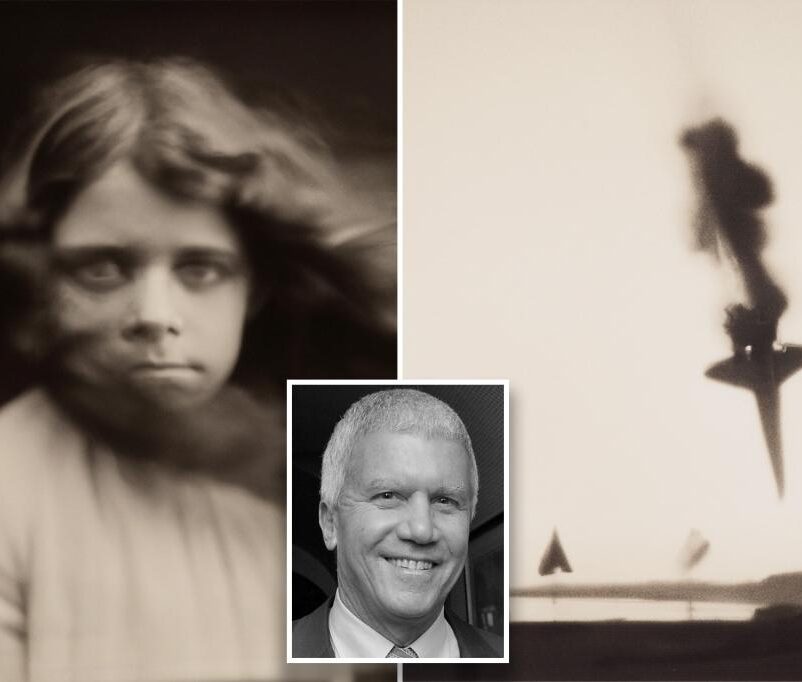
Larry Gagosian, who is regarded by many as the most important art dealer of the last half century, weighs in on Andy Warhol’s legacy and whether artificial intelligence will change the art world.
Lydia: Snapchat CEO Evan Spiegel is on your board. In what other ways do you want to adopt technology?
Gagosian: Technology makes the world go round. But the question for me — as a businessman — is will the investment pay off and when? I just had a show in New York by a great filmmaker Bennett Miller — he’s made three outstanding films, Capote, Moneyball and Foxcatcher. We did an exhibition of images he created using a DALL•E image generator. Beautiful images, not created with a camera. We sold quite a few pieces and the feedback was very positive. I plan to do more with him.
Lydia: I understand that some of these generative AI art pieces sold for as much as $35,000. Should human artists be worried?
Gagosian: I’m not looking to expand broadly into AI art. I don’t see the gallery in the near future having an AI department. It was just more my interest in what Bennett was creating rather than diving headfirst into AI art.

Lydia: A lot of collectors choose to keep much of their art in storage instead of displaying it. Do you think keeping paintings in storage spoils it?
Gagosian: I have a lot of paintings in storage. I don’t plan to keep them in storage indefinitely, but if you are an active collector you sometimes run into a situation where you don’t have enough walls. I know collectors who because of the volume of their collection have a significant amount of work in storage. I don’t think they like it less because it’s in storage. You know it’s there, you have a pride of ownership, and it’s part of your collection.


Lydia: Andy Warhol said, “Making money is art. And working is art. And good business is the best art.” Do you agree or disagree?
Gagosian: I don’t agree or disagree. I think he was an extraordinarily interesting person and many things he said were memorable. He was a very ambitious artist and he made a good living doing it, but I don’t think he was obsessed with money. He was a one-of-a-kind transformative artist who changed what people regarded as art. That to me is much more interesting than the business part of it.
Lydia: What are the biggest trends that you see in art right now?
Gagosian: We’re in a period that is very pluralistic. There’s a lot of figuration right now – that’s a strong pulse. Maybe the pendulum will swing back to abstraction, but it’s always in flux. In the past, there have been dominant styles — Pop Art, Minimalism, obviously going back to Impressionism. Maybe in the future we’ll look back at this period and see there was a dominant trend, but it’s not clear now that there is one style that has emerged to the extent there has been in the past.

Lydia: You were the first to set up shop in the Chelsea Arts District and made it what it is. Are there any other NYC neighborhoods that you believe have undiscovered potential?
Gagosian: I don’t know because I haven’t discovered them yet. Recently, there have been galleries that have located or relocated to Tribeca, but I think Chelsea is pretty solid. It’s anchored by the Whitney Museum and Dia Art Foundation and has many significant galleries. People test new neighborhoods — Harlem, East Village — but in terms of contemporary art nothing is supplanting Chelsea.
Lydia: You’re not going to open your next gallery in Bushwick?
Gagosian: No, I’m not. I represent a lot of artists with studios in Brooklyn, and I go to Brooklyn to visit artists, but it’s a bridge too far, literally and figuratively.

Lydia: How did you go from parking cars and selling posters with no formal art training to becoming one of the most powerful gallerists in the world?
Gagosian: I can’t connect all the dots but it was a lot of hard work and good luck along the way. I’m grateful and thankful for the career I’ve had — collecting, dealing, looking at art. I love the competition and the challenge of what is around the corner. I happen to love what I do, which makes work a lot of fun and I remain very motivated.



